Philippine folktales of the Seven Skymaidens could have origins dating back 100,000 years.
In the northern sky in December is a beautiful cluster of stars known as the Pleiades, or the “seven sisters”. Look carefully and you will probably count six stars. The seventh is only visible under certain conditions, and often only with telescopic help. This is believed to be why so many seven sisters narratives in myth and folklore have one of them being abducted, or staying on the earth. This is known as the “lost Pleiad.” While many skymaiden stories exist among the various ethnolinguistic groups in the Philippines, they have not been officially associated with the Pleiades. Instead, they have been historically placed in the “swan maiden” or “skymaiden” motif, given that the folktales usually adhere to the following basic plot: A young, unmarried man steals a magic robe made of swan feathers from a swan maiden so that she will not fly away and then marries her. In my opinion, however, some of these stories also share such a striking resemblance to other narratives in world folklore – “seven sisters,” “lost Pleiad,” and “pursuance by a hunter” – that it seems entirely plausible they were conceived by looking to the stars and are part of what two Australian scientists (Norris & Norris) have speculated could be the oldest legend of humankind, dating back to 100,000 years ago. [1]
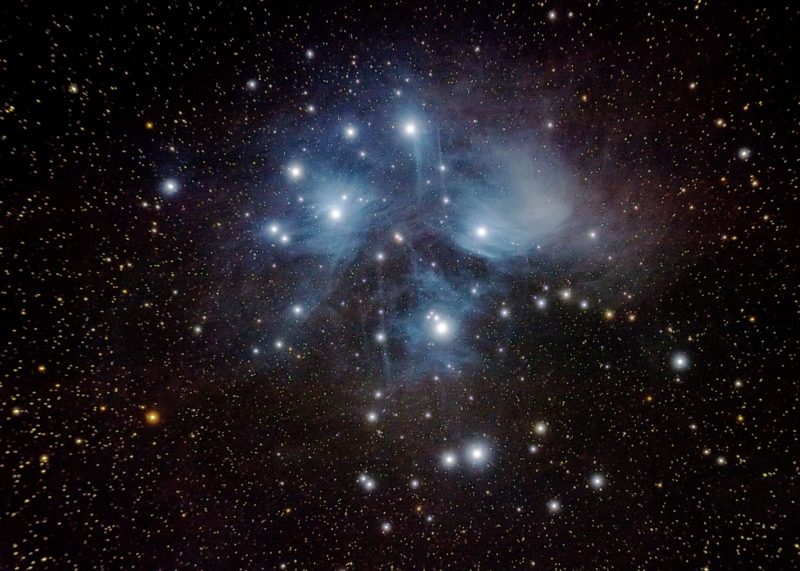
Various Philippine cultures have long ago formed their own map of the sky by organizing the stars into constellations. They have, thus, claimed the sky as their own and put their own distinctive marks on it. As they made the sky part of their culture, it in turn, influenced the way they think, act and live. Though the colonial interlude brought change to Philippine culture, their high regard for the sky and the stars remained.[2]
William Henry Scott summarizes the findings of San Buenaventura (1613), “Celestial bodies were also venerated as deities—Tala, the Morning Star; Mapulon, the Pleiades; and Balatik, the Big Dipper—and the new moon was always invoked for material increase and wealth.”
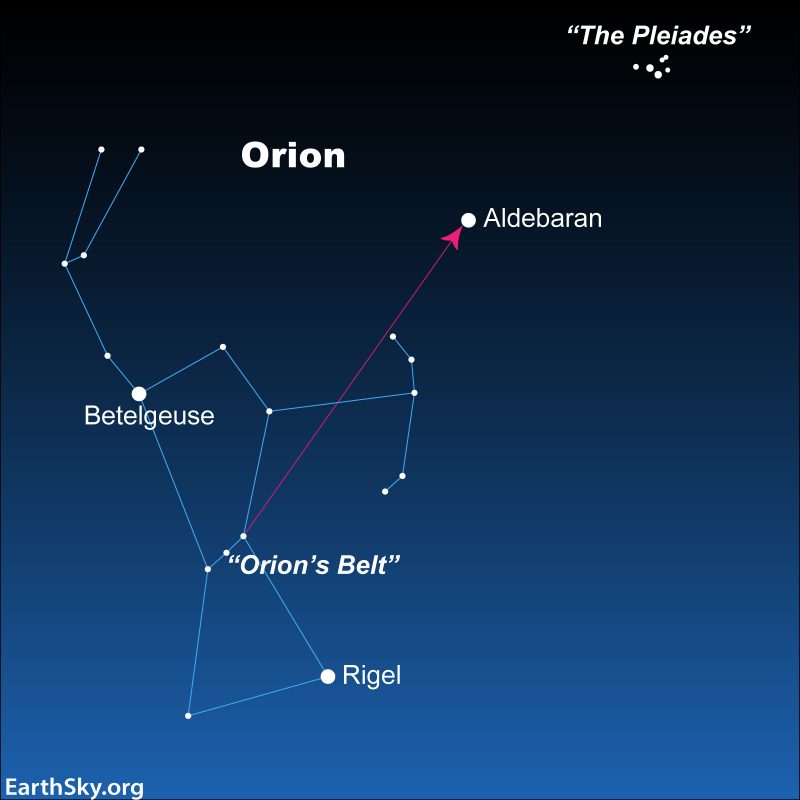
Ancient Filipinos recognized the Pleiades and Orion constellation. Like other cultures around the world, they consulted this star cluster to know the shifting of time and season.
Miguel de Loarca wrote of the Visayans in 1582, “they divide the year into twelve months though they do not name more than seven, and these are lunar months because they count them by the moons. The first month is when the Little Goats [Pleiades] appear.”
Names for Pleiades among various ethnolinguistic groups of the Philippines were:[3]
Mamalu (Ifugao)
Mapolon (Tagalog)
Maroprop (Ilokano)
Moroporo (Bikolano)
Langaw (Maguindanaw)
Kufukufu (Teduray)
Marapuro (Kanlurang Samar)
Penikapan (Manobo)
Molopolo (Bukidnon)
Murupuru (Tagbanua)
Names for Orion among various ethnolinguistic groups of the Philippines were:
Atlung Maria (Kapampangan)
Balatic (Magahat, Bilaan)
Balatik (Bagobo, Tagalog, Maguindanao, Bikol, Antique)
Bayatik (Mandaya)
Balbalays (Mayawyaw Ifugao)
Batik (Jama Mapun, Sama)
Belatik (Manobo)
Binabbis – belt (Kankana-ey)
Binawagan magsasawad – belt and sword (Palawan)
Bodays – belt and sword (Ibaloi)
Farrais (Khinaang, Fontok)
Gaganayan (Ilokano, Igorot)
Gendaw belatik (Subanen)
Lubang (Bikol)
Magbangal (Bukidnon)
Mbangal (Maranao)
Seretar (Teduray)
Tatlong Maria (Tagalog)
Trismariiya (Itbayaten)
In both myth and science, the Pleiades are sibling stars. Modern astronomers say the stars were born from the same cloud of gas and dust some 100 million years ago. Cultures around the world have often referred to this constellation with the number seven, calling them the “seven sisters,” “seven maidens” or “seven little girls” and also tell quite similar stories about them. The “seven sisters” stories regarding the Pleiades can be found in ancient Greece, aboriginal Australia, North America, and Siberia. In fact, the Pleiades may be the only constellation that is noted and named by almost every culture on the planet, past and present. Some have speculated that the story of the seven sisters is possibly connected to an extraordinary history of transferred knowledge dating back to our African ancestors 100,000 years ago.[4] According to Russian palaeohistorian Boris A. Frolov, the gendering and numbering of the Pleiades by the different peoples across time can be explained by there being a system of astronomical knowledge existent before the peopling of Australia and the Americas:
“…mention of the American Indians’ observations of the Pleiades, which they called the Seven sisters, involves an interesting question, for exactly the same name was traditionally used for the Pleiades by the aborigines of both Australia and Siberia, and a similar image of the Pleiades is found in the mythology of ancient Greece. While it seems quite impossible to see in this fact a mere coincidence, there is room for only one supposition: observation of the Pleiades and their denotation by the image of seven sisters pre-dated the populating of America and Australia. In other words, these observations and ideas must have been formed and transmitted by nonliterate Paleolithic hunters”
However, other astronomers and archaeo-historians insist that this shared narrative is among the many common stories and motifs found in folklore and comparative mythology.[5]
Examples of the Pleiades Lore in Other Cultures
The Pleiades are described in numerous cultures. The Celts called them Tŵr Tewdw, the Persians, Hindi and Urdu called them Parvī, to the Hawaiians, they are Makaliʻi, the Māori called them Matariki, they are the Subaru in Japanese and in Hinduism, they are the Krittika. Aboriginal Australians, Chinese, Cherokee, Maya, Aztecs, Sioux among others, all identify the constellation. They are mentioned in Amos 5:8; Job 9:9; and Job 38:31 in the Bible.
In Greek mythology, the Pleiades were the seven daughters of the Titan Atlas. He was forced to hold up the sky for eternity and was therefore unable to protect his daughters. To save the sisters from being raped by the hunter Orion, Zeus transformed them into stars. But the story says one sister fell in love with a mortal and went into hiding (the “lost Pleiade”), which is why we only see six stars.
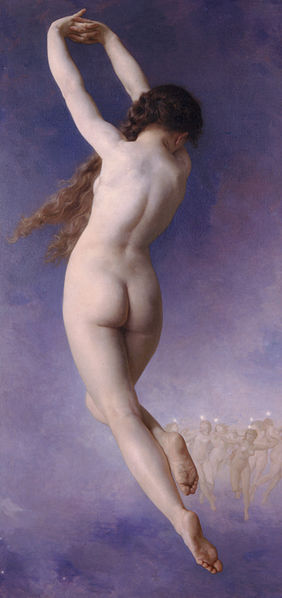
In the seven sisters story of Aboriginal Australia, the group of stars are Napaljarri sisters being chased across land and sky by Jukurra-Jukurra (the morning star), a Jakamarra man in love with the seven sisters, specifically fixated on the oldest sister. Although he succeeds once in hoodwinking and brutalising the eldest sister, causing her to become dreadfully ill, ultimately the sisters, in a convincing and intelligent expression of female solidarity, outwit their antagonist.
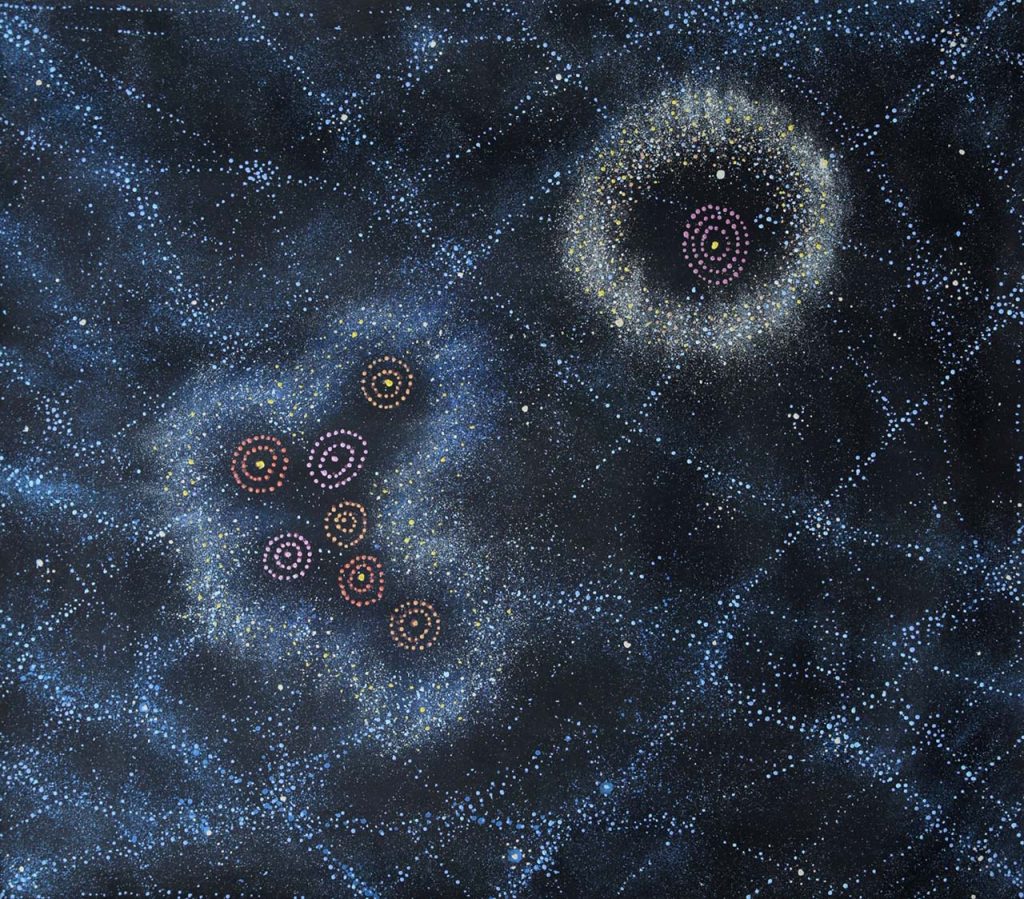
The Nez Percé people ,who are presumed to have lived on the Columbia River Plateau in the Pacific Northwest region of North America, have a myth about this constellation that mirrors the ancient Greek myths about the lost Pleiades. In their version the Pleiades is also a group of sisters, however the story itself is somewhat different. One sister falls in love with a man and, following his death, is so absorbed by her own grief that she tells her sisters about him. They mock her and tell her how silly it is of her to feel sad for the human after his death, and she in return keeps her growing sadness to herself, eventually becoming so ashamed and miserable about her own feelings that she pulls the sky over her face like a veil, blocking herself from view. This myth explains why there are only six of the seven stars visible to the naked eye.[6]
In a tale attributed to the Wyandot people (indigenous people of North America in the Lake Ontario region), seven Singing Maidens, daughters of the Sun and the Moon, who live in Sky Land, descend to Earth and dance with human children. Their father, wrathful at their disobedience, banishes them to another part of the sky. In another tale, the Pleiades are seven Star Sisters who descend to Earth in a basket. One day, a human hunter captures the youngest by her girdle while their sisters escape in the basket. The maiden promises to become the hunter’s wife, but before he must accompany her to the sky.[7]
The Seven Sisters Festival in China has been recorded since 740 BC. The story was of a heavenly emperor called Yuk Wong and his seven daughters. The youngest of his daughters used to weave and was a loner. The emperor became compassionate towards her and allowed her to get married to a cowherder who used to reside across the Milky Way.
After her marriage, she became careless and started ignoring her duties. This careless nature made the emperor loose his temper. The king gave an order and restricted her to meet her husband on a daily basis. The lonely weaver was allowed to meet her husband only on the seventh day of the seventh moon.
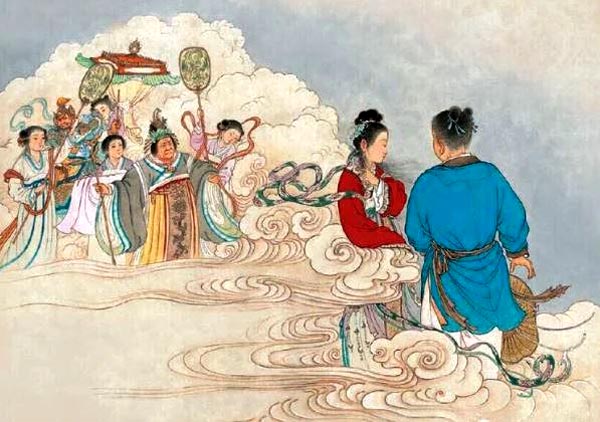
This Chinese tale also shares a striking resemblance to the Pleiades lore from around the world, and may serve as an example of how it strayed from being associated with the star cluster when it was incorporated into local folk beliefs.
The earliest recorded reference to the Pleiades may be in Chinese astronomical literature dating from 2357 BCE. Traditional Chinese astronomy has a system of dividing the celestial sphere into asterisms or constellations, known as “officials.” The Chinese asterisms are generally smaller than the constellations of Hellenistic tradition. In Chinese constellations the Pleiades are 昴 mao, the Hairy Head of the white tiger of the West.
It may be possible that the story of the seven sisters predates traditional Chinese astronomy and, while they still reside in the sky, the association to the Pleiades was lost when the ancient Chinese sky was officially charted. It should also be noted that China has folktales regarding seven sisters that do not follow the Orion/Pleiades narrative.
‘Pleiades’ Narratives in the Philippines
There are approximately twenty-seven collected “skymaiden” tales throughout the Philippines. In twenty of the narratives the skymaidens are initially seen by the protagonist as beautiful maidens who have come to the earth to bathe. There are fifteen tales that specify seven skymaidens descending to earth. In line with the narrative of Orion pursuing the Pleiades, there are eight narratives which have the maidens being discovered by a hunter,[8] ultimately leading to the “lost Pleiade.”
Below are two examples of this narrative from two different ethnolinguistic groups. The first is from the Southern Philippines, and the second from the Northern region. Both were printed in The Maiden of Many Nations, Hazel J. Wrigglesworth, Linguistic Society of the Philippines (1991).
CORDILLERAS: Lopi and the Skymaiden (Northern Kankana-ey)
There was a person whose work was to hunt every day. He also had a watering hole for his carabao near a big tree. He went to give his carabao a drink.
After several months he went to hunt for food.
Then Lopi said, “While it is early morning I’ll go to the watering hole of my carabao and I’ll peek through to see if there are any wild ducks swimming and I’ll shoot them.”
So he went and he peeked through at the base of the tree. And there were seven girls swimming. He crept out and took their clothes; so the clothes of the youngest were no longer there. Then her sisters said, “You’ll be left behind here because we are going home.” And they flew away.
Lopi, who had been hiding, came out and said, “Why are you here?”
“My clothes are gone,” the girl said.
“Let’s go home then to my house.”
“All right.”
So they went home, then got married. After how many years, they had children, boys. Their mother sewed shirts and trousers for them.
Then one day their father went to get wood, and the two children were playing in the house. They found her clothes of feathers in the comer, so they got it and took it to their mother. Their mother was very happy and put it on.
So she said to the children, “When your father comes home, tell him to look for a ‘place where the moon goes down and the sun comes up.”‘ Then she flew away.
“Where is your mother?”
“She flew away, and you are to look for her, she said, in a ‘place where the moon goes down and the sun comes up,”‘ they said.
The next morning he said to the children, “You wait here because I’m going to look for your mother.” So he walked and walked. Then he met the leader of the birds.
“Where are you going?”
“I’m going to look for my wife. Do you know of a ‘place where the moon goes down and the sun comes up’?”
“I don’t know. You go to the leader of the carabaos, and of the lions, and see if he knows.”
So he went. He said, “Do you know of a ‘place where the moon goes down and the sun comes up’?”
“I don’t know. Go and ask the leader of the fish.”
So he went. (He said,) “Leader of the fish, I came to ask: do you know of a ‘place where the moon goes down and the sun comes up’?”
“I don’t know, but wait while I call all the fish.”
Then all of them came out, but none of them knew. But Dalag (the leader) was not there.
“Let’s wait until he comes.”
Here comes their leader. “Do you know of a ‘place where the moon goes down and the sun comes up’?”
“Yes, I know.”
“He will ride on your back so you can show him the way.”
So they went. “This is the way, you must pass seven plains, seven hills, and seven mountains.”
So he went and reached the house. Lopi spoke and the king, her father, came out. “Why are you here?”
“I came to see my wife.”
“I’ll bring them all out and if you know which one is your wife you can take her. But if you don’t know which one she is, then I will kill you.”
So he brought out the seven of them. But Lopi couldn’t recognize which was his wife because their faces were all the same. However he remembered that the sewing-needle had pricked his wife’s finger. And that was how he recognized his wife.
“That’s the one. You both go on home to your house.”
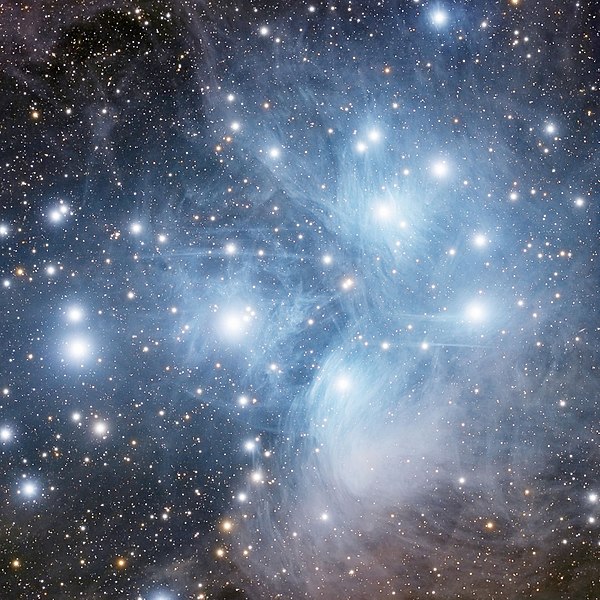
MINDANAO: Hunter and the Seven Swimming Maidens (Dibabawon, Manobo)
This is the story of seven beautiful swimming maidens (from above) and a hunter here on earth.
Now the hunter said, “Tomorrow morning I will try to go hunting there at the lake. Maybe there will be wild ducks swimming in it, and I will try to shoot some if I can just hit them.”
Then it was daybreak, and the hunter set-out for the lake where the wild ducks swam. When he arrived there he planned to hide himself, to be so well hidden that he could not be seen. Suddenly he heard the sound of wings. He supposed it was ducks coming to bathe, but it was not. What he saw were seven very beautiful maidens who were sisters.
When he saw them now he selected one of the very beautiful maidens. The he (picked up the clothes of the maiden that please him very much) hid them.
After a while the seven sisters were satisfied bathing. They said, “Let’s go home now because this is enough bathing.”
As for the hunter, well he held his breath. “Now I will watch the owner of this clothing that I hid, whether she will accompany them.”
Then the seven very beautiful unmarried sisters said, “Let’s go now.” But their younger sister said,
“My clothes are here!
Help me to look for my clothes,
Because they aren’t here where I put them.”
So they helped her out, but they couldn’t find their youngest sister’s clothes. For how can they find the clothes of the very beautiful maiden when they are hidden by the hunter?
After that the six maidens said, “We will go ahead now, Younger sister. You just come after us when you find your clothes.” But their younger sister’s response was to cry, for she could not accompany them because she now had nothing to fly with. Thus the six sisters all flew home to their place.
When they had all gone now, the hunter came out walking slowly and he asked the lovely lady, “What is the cause of your crying?”
The lady replied, “Maybe you are the one who got my clothes.”
The hunter said, “I didn’t take your clothes.”
The lady said, “Even if you deny it, it was you who got them. Give them to me now so I can leave!”
But the hunter did not tell her that the lady’s clothes were at his place. Said the hunter, “Let’s go together with my place.”
And the lady answered, “All right.” And so they accompanied one another to the house of the hunter. They were married.
After three years of marriage they had two children: one was a boy, one a girl. One day the father said, “I will go hunting tomorrow morning.”
His wife answered, “All right.”
When the father ahd gone, the children began playing in the room. After that they found the clothes of their mother. The children called, “Mother, O Mother, these clothes of yours are beautiful!”
The mother said, let’s see, Son, Daughter! Where did you find these clothes of mine?”
The children answered, “There in our bedroom.”
“Now,” she said, “Son, daughter, you tell your father to come after me to the ‘place east of the sun and west of the moon’”. That is all I have to say, Son, Daughter. I am going now.” Then she flew toward her ‘place east of the sun and west of the moon.’
Now we will return to the story of the father who had gone hunting. When he returned home he did not see his wife. Then the children told their father, “Mother has left to return home, she went home to a ‘place east of the sun and west of the moon’. She said to have you look for her there, father.”
The father replied, You stay here, Son, Daughter, here in our house. As for me, I will search for her.” Then he left.
He went downhill to a big river and went downstream. Finally he arrived at the sea. Then he met the owner of all the birds (of the earth). He asked, “Do you know the ‘place called eat of sun and west of the moon?’”
The old man said, “Stay here, I will call all the birds that belong to me to see if they know.” So he called them all together.
Said the old man, “Do you know a ‘place called east of the sun and west of the moon?”
The birds said, “We do not know it.”
But the old man said, “Go and question the owner of the fish. He is the one who knows about that ‘place east of the sun and west of the moon’. Go and ask him.” So he continued.
The he sailed and climbed seven hills, and again he went downhill to the sea. When he got down to the water, what he saw was an old man standing there on the beach. He asked him, said that hunter, “For seven years I have been travelling around searching for my wife. I have not found her, so I will ask you whether you know of the ‘place called east of the sun and west of the moon?’”
The old man said, “Maybe it is very near here, but I will ask the different kinds of fish that belong to me.” So he called all the fish and immediately the fish came to him. The old man questioned the fish.
And the fish replied, “This very one is the father of your wife, the owner of all of us fish. Ask him where his house is because he is the father.”
The hunter said to himself, “I have something to identify my wife with, the marks in her thumb caused by sewing the clothes of our children.”
When he arrived, he searched for his wife and found her. He said, “Why did you make me lonely for you?” Then they were married (again). They got their children (from earth) and brought them to the ‘place east of the sun and west of the moon’.
Conclusion
You can see the great similarity when the seven sisters stories are compared. Specifically, the Philippine narratives (in common with the other cultures) predominantly identify their skymaidens as “seven sisters.” Although the Pleiades is not directly mentioned in the Philippine tales, other similarities include an insistence on there being seven “maidens,” even though at times only six returned to the sky, fitting with the “lost Pleiad” narrative. They also share the narrative that could identify the hunter, or young man, as Orion who is attempting to catch the girls, or a girl.
It should be noted that there are just as many stories, if not more, around the world regarding the Pleiades that do not fit these exact parameters. In Philippine cultures, particularly those of Mindanao and the Visayas, the number seven plays an important role outside of this star cluster. There are the seven moons of the ancient sky that enamored the Bakunawa serpent so much that he ate six of them. The serpent of myth residing on Mt. Kanlaon had seven heads. There are seven layers to the cosmos in several beliefs throughout the Southern Philippines.
Still, it remains difficult not to speculate that the “skymaiden” narrative in Philippine folk literature could hold its origins in shared and adapted stories regarding the Pleiades star cluster. This is not meant to change the narratives held by the traditional owners and elders, both past and present, of all the Philippine Indigenous groups mentioned in this article, but presents a hypothesis of their origin. An origin that, according to some new ideas being presented, could date back to the earliest human ancestors.
SOURCES:
[1] Accepted for publication in “Advancing Cultural Astronomy: Studies in Honour of Clive Ruggles” Why are there Seven sisters? Ray P. Norris & Barnaby R.M. Norris, Springer, (2020)
[2] BALATIK: ethnoastronomiya: kalangitan sa kabihasnang Pilipino, Ambrosio, D.L, University of the Philippines Press, (2013)
[3] Ibid
[4] Accepted for publication in “Advancing Cultural Astronomy: Studies in Honour of Clive Ruggles” Why are there Seven sisters? Ray P. Norris & Barnaby R.M. Norris, Springer, (2020)
[5] Bradley Schaefer of Louisiana State University in Baton Rouge, 100,000-year-old story could explain why the Pleiades are called ‘Seven Sisters’ https://www.livescience.com/pleiades-constellation-origin-story.html
[6] Indian Legends of the Pacific Northwest, Clark, Ella, Berkeley and Los Angeles, California: University of California Pres (1953)
[7] The red Indian fairy book for the children’s own reading and for story-tellers. Olcott, Frances Jenkins; Richardson, Frederick. , Boston; New York: Houghton Mifflin Co.. (1917)
[8] The Maiden of Many Nations, Hazel J. Wrigglesworth, Linguistic Society of the Philippines (1991)
Jordan Clark is a Canadian born descendant of Scottish immigrants living on the homelands of the Lekwungen speaking peoples. His interest in Philippine myth and folklore began in 2004. Finding it difficult to track down resources on the topic, he founded The Aswang Project in 2006. Shortly after, he embarked on a 5 year journey, along with producing partner Cheryl Anne del Rosario, to make the 2011 feature length documentary THE ASWANG PHENOMENON – an exploration of the aswang myth and its effects on Philippine society. In 2015 he directed “The Creatures of Philippine Mythology” web-series, which features 3 folkloric beings from the Philippines – the TIKBALANG, KAPRE and BAKUNAWA. Episodes are available to watch on YouTube. Jordan recently oversaw the editing for the English language release of Ferdinand Blumentritt’s DICCIONARIO MITOLÓGICO DE FILIPINAS (Dictionary of Philippine Mythology) and is working on two more releases with fellow creators scheduled for release later this year. When his nose isn’t in a book, he spends time with his amazing Filipina wife of 20 years and their smart and wonderful teenaged daughter.


